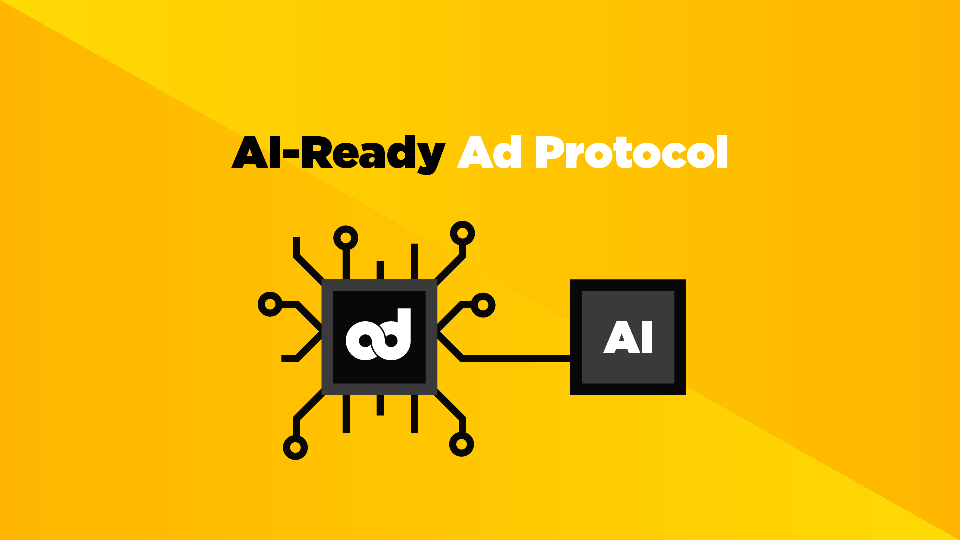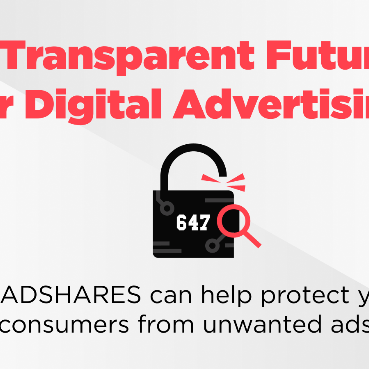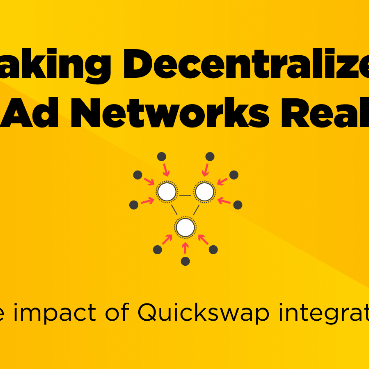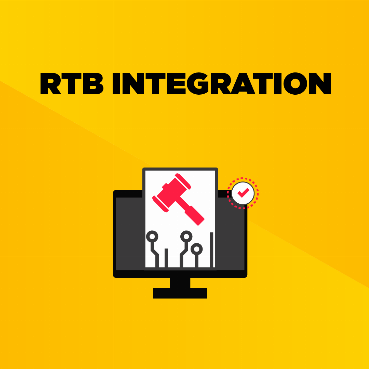When it comes to AI – it’s very easy to get trapped in the superficial applications, however impressive they might be. Graphics, photos, incredible worlds and impossible collaborations. And a lot of imitations. New content, produced in a matter of seconds. Ads generated, all or in part – with the help of AI.
But the real power of “intelligence” lies in exactly that: deep connection and understanding of facts, as well as an incredible possibility to test scenarios, adjust them and come up with new correlations or indicators.
A level below what we say and how we appear – AI can actually see what we DO. And learn from that. The Real-Time Bidding protocol is already in a way, “intelligent”- as it performs a zillion operations and uses many algorithms in order to effectively display the intended ad, to the desired audience, at the right time.
What will change the future of advertising – web3 or AI?
Sorry, but it’s a silly question. They both will. Adshares has already made a significant advancement by creating a decentralized advertising settlement protocol, tied directly to the ADSHARES payment protocol (‘the ADS blockchain’). But now, AI has the potential to revolutionize advertising networks and RTB systems by enabling even more advanced targeting, optimization, personalization, fraud detection, real-time insights, and ad creative optimization. By leveraging the power of AI, advertisers can create more effective and efficient advertising campaigns, resulting in improved outcomes for both advertisers and users.
Advertising protocols, such as Adshares, can leverage AI algorithms to enhance their capabilities in several ways:
1. Enhanced security, fraud detection and prevention
The ADSHARES blockchain protocol is designed to penalize double spending, detect fraudulent activities, fake traffic, or identify low-quality domains. By analyzing data patterns and identifying suspicious activities, AI algorithms can help identify fraudulent behavior, such as click fraud and impression fraud and take proactive measures to mitigate it, ensuring a more transparent and trustworthy advertising ecosystem.
2. Enhanced Targeting and Personalization
AI can enable advanced targeting and personalization capabilities within the Adshares protocol. The protocol collects the wallet numbers of the viewers, in order to ensure the correct display and prevent bots. As these wallet numbers are public - AI can analyze vast amounts of data tied to a wallet, such as assets, user behavior, transaction history, activity patterns, and contextual information, to better understand user preferences and interests. And effectively create the “segment of one”.
3. Optimization and Prediction
AI can optimize ad placements and bidding strategies in real time within the Adshares protocol. By leveraging machine learning algorithms, AI can analyze ad performance, user engagement, user profile, and market conditions to optimize advertising campaigns and bidding strategies for better outcomes. What it means in layman terms is “deliver the right message, in the right context, at the right time, to a person who actually needs it, and can afford (or at least likely to buy) it”.
4. Creative Asset Optimization
AI can optimize ad creative assets, such as images, videos, and ad copy, within the Adshares protocol. By analyzing creative elements and combinations, AI algorithms can help advertisers optimize their ad creative to improve engagement and conversion rates. It may even make ads “on the fly” – connecting the most effective elements in the right context.
5. Real-time Decision Making
AI can provide real-time insights and recommendations within the Adshares protocol, allowing advertisers and publishers to make data-driven decisions in real time. This can help optimize advertising campaigns, budgets, and strategies, leading to more effective and efficient advertising campaigns.
Think of it as constant A/B testing. Except it’s not A/B but A through Z, plus it performs “itself”, plus it implements the learning as it goes.
6. Data Analysis and Insights
The ADSHARES protocol is a vast source of data in itself – from advertising transactions to user data and ad’s performance. But blockchain is in itself a huge, public, immutable database. And it’s becoming too big to analyze for anyone except AI. AI can analyze large volumes of data from various sources, such as user behavior, ad performance, and market trends, to provide valuable insights and recommendations to advertisers and publishers using the Adshares protocol. This can help optimize advertising campaigns, bidding strategies, and targeting parameters, leading to better results.
What's next?
We are still far from seeing the fruit of our first breakthrough. The ad tech world still hasn’t recognized the potential of blockchain-based ad exchanges. The market situation didn’t help – as all but a very few blockchain projects fell into the “crypto is a scam” bag.
Using blockchain advertising systems requires using some cryptocurrency – therefore ADSHARES have developed in integration with the Open RTB protocol. Thanks to this, advertisers no longer need to worry about currency conversions, on- and off-ramping and all the “crypto issues”. Today, ad tech companies can develop blockchain-ready ad servers and start discovering more benefits of our solution.
AI is another revolution that took the world by storm. Creating a decentralized ecosystem for advertising was the first step. Creating an AI-powered, decentralized advertising protocol – may be a huge leap into the future.
The ADSHARES team is has been actively exploring specific use cases, AI tools, and models. With the help of GPT 4, of course.
Are we ready for it?
We know for sure that for some, it may be a scary vision, taken straight from “Minority Report” or “Brave New World”. When AI will be serving us only ads of things we are ready to consume – turning us into infinite consumers – and the world into a giant mall.
For others – ourselves included – it is rather a promise of patching the gaping 80-billion-dollar hole in the advertising market, sucked by ad fraud. And a promise of saving a lot on the costs of managing, analyzing and paying for advertising.
But we also think it’s okay if it’s a bit of both.




